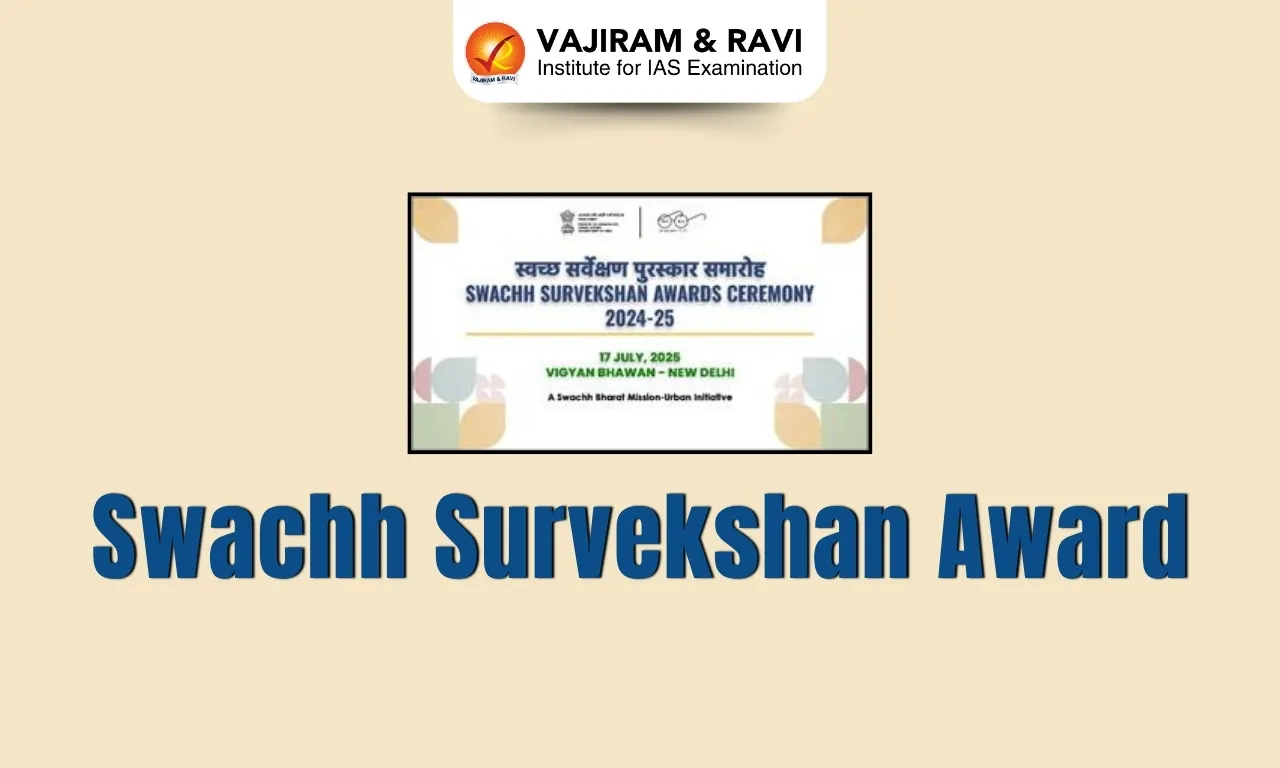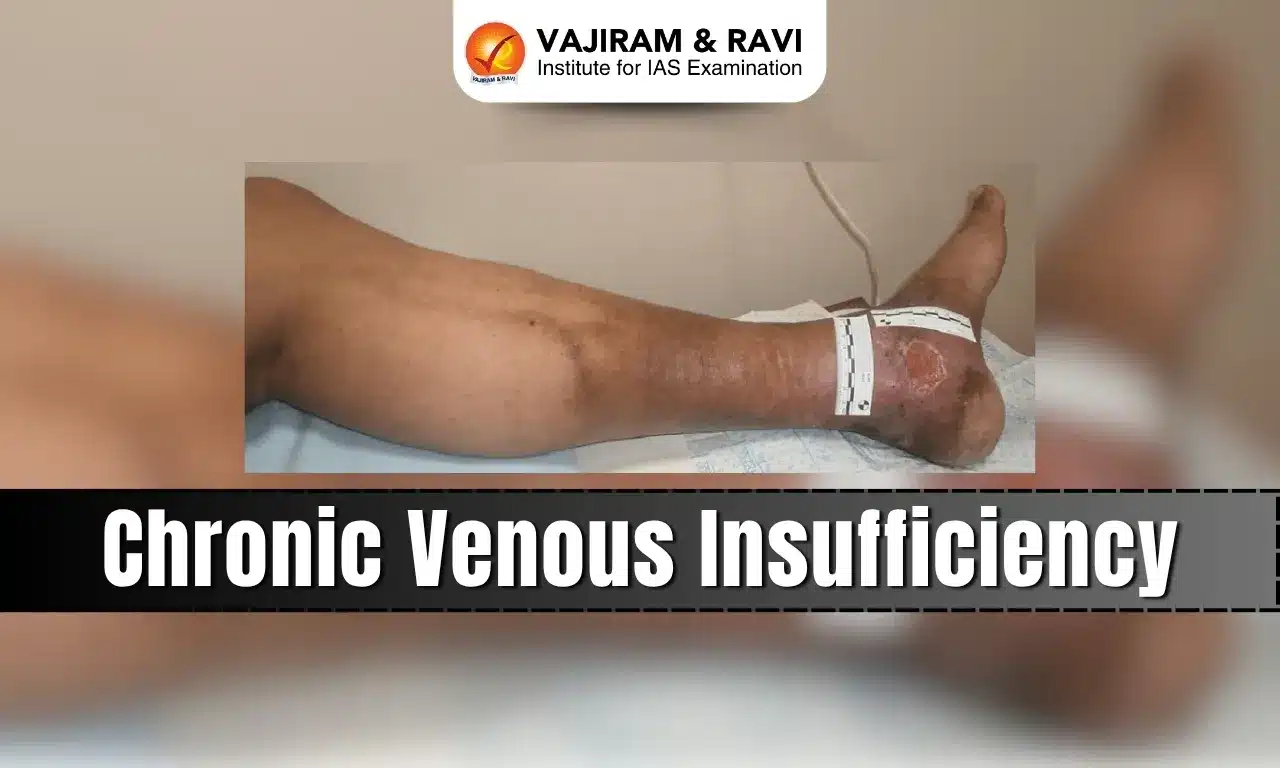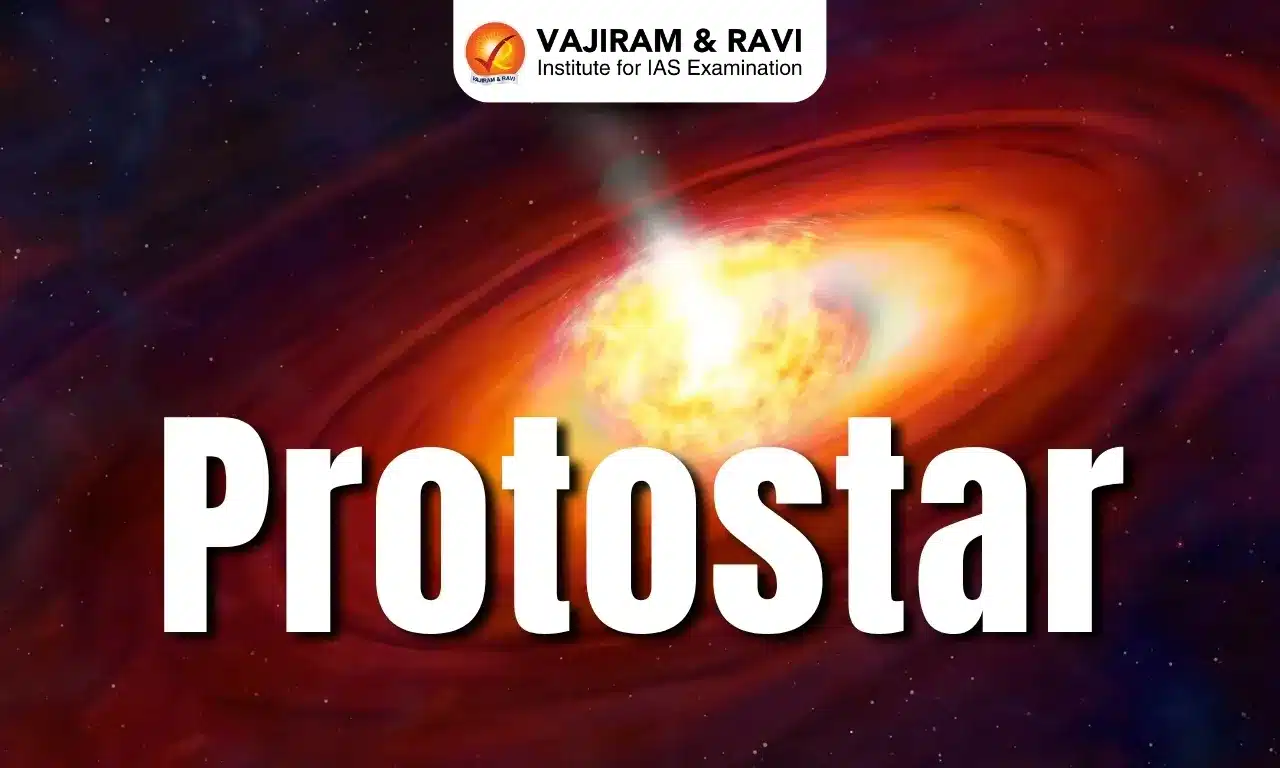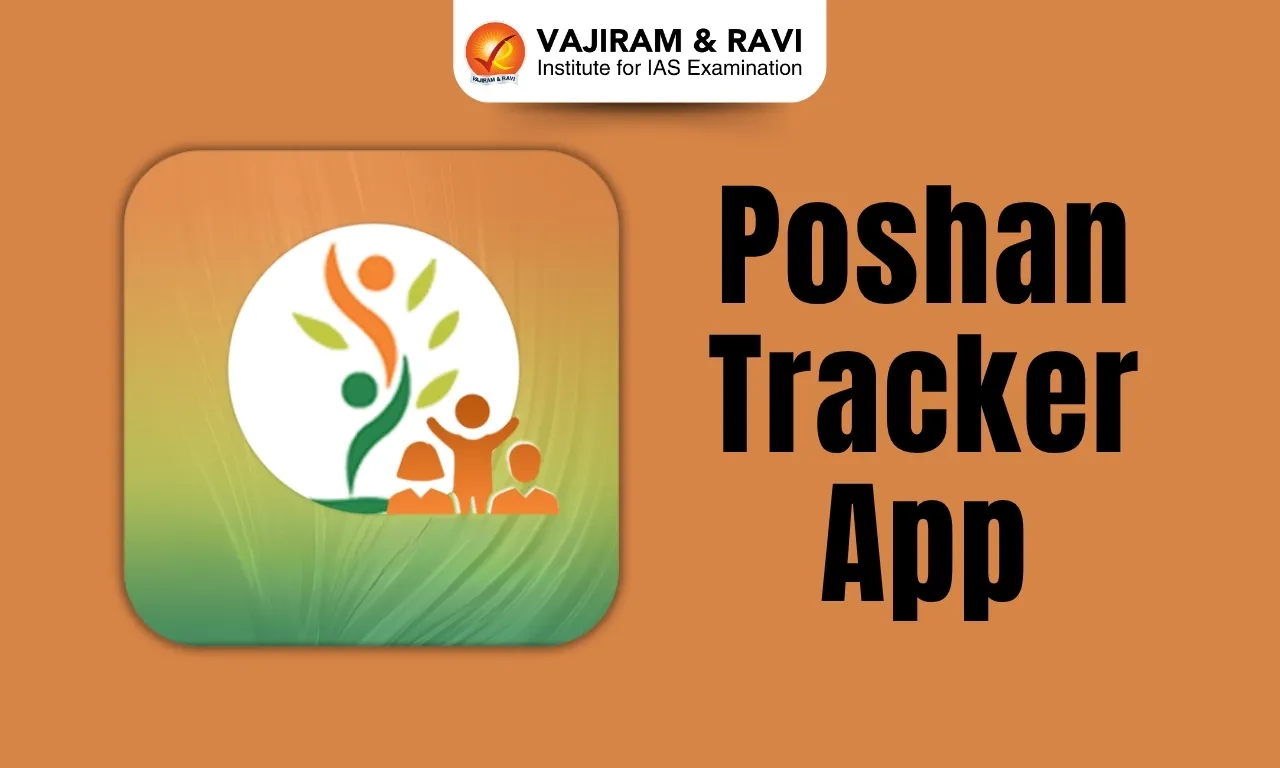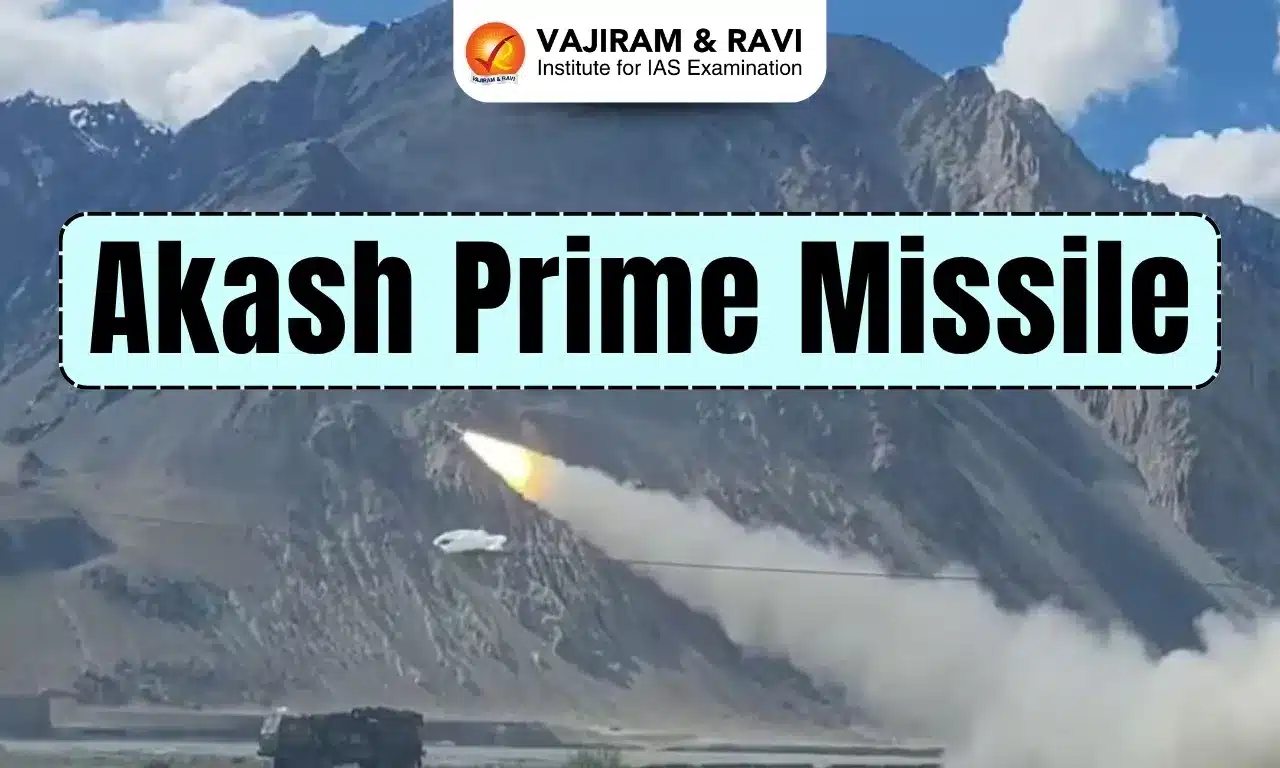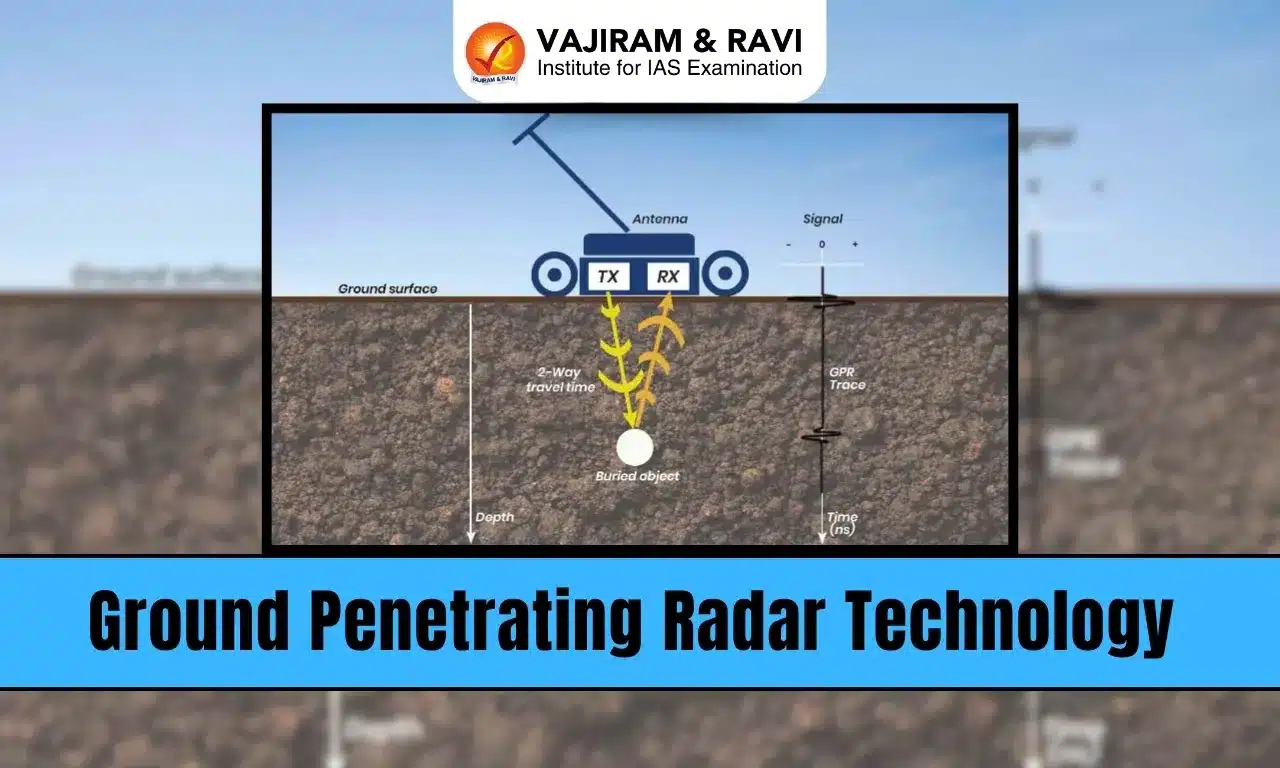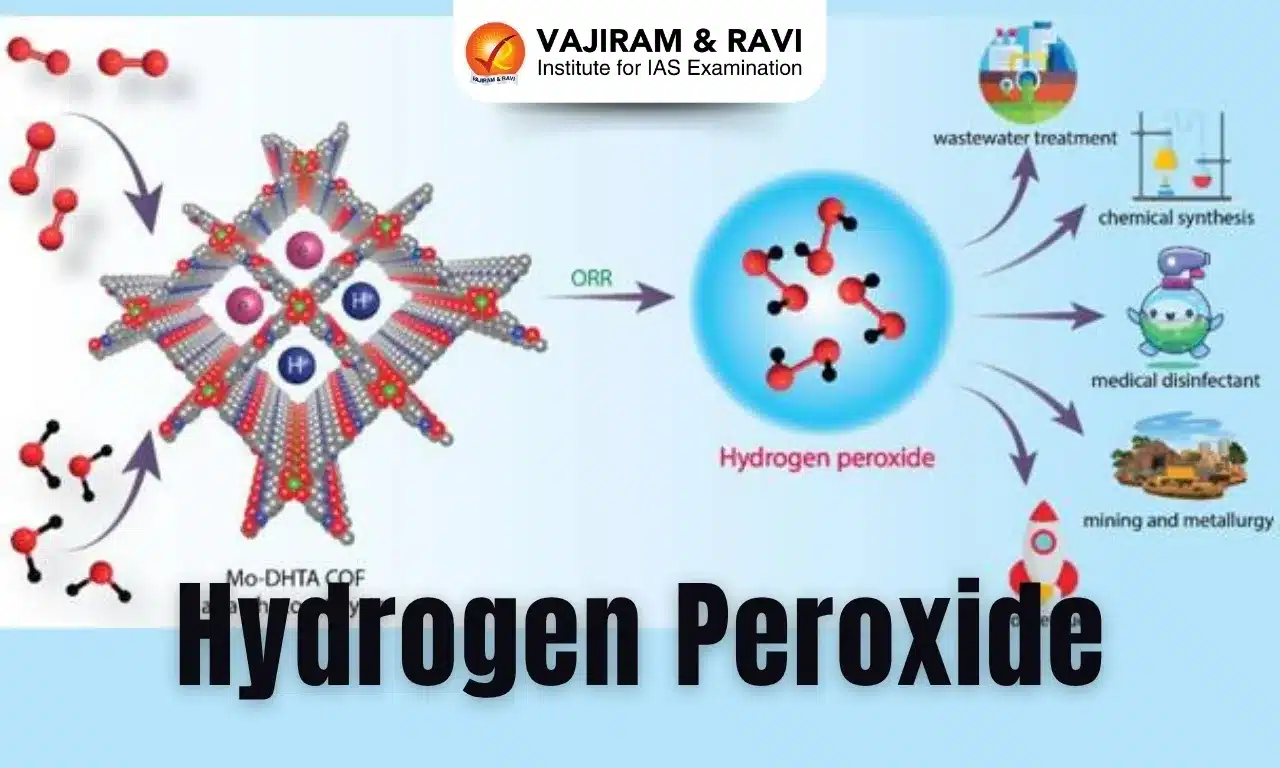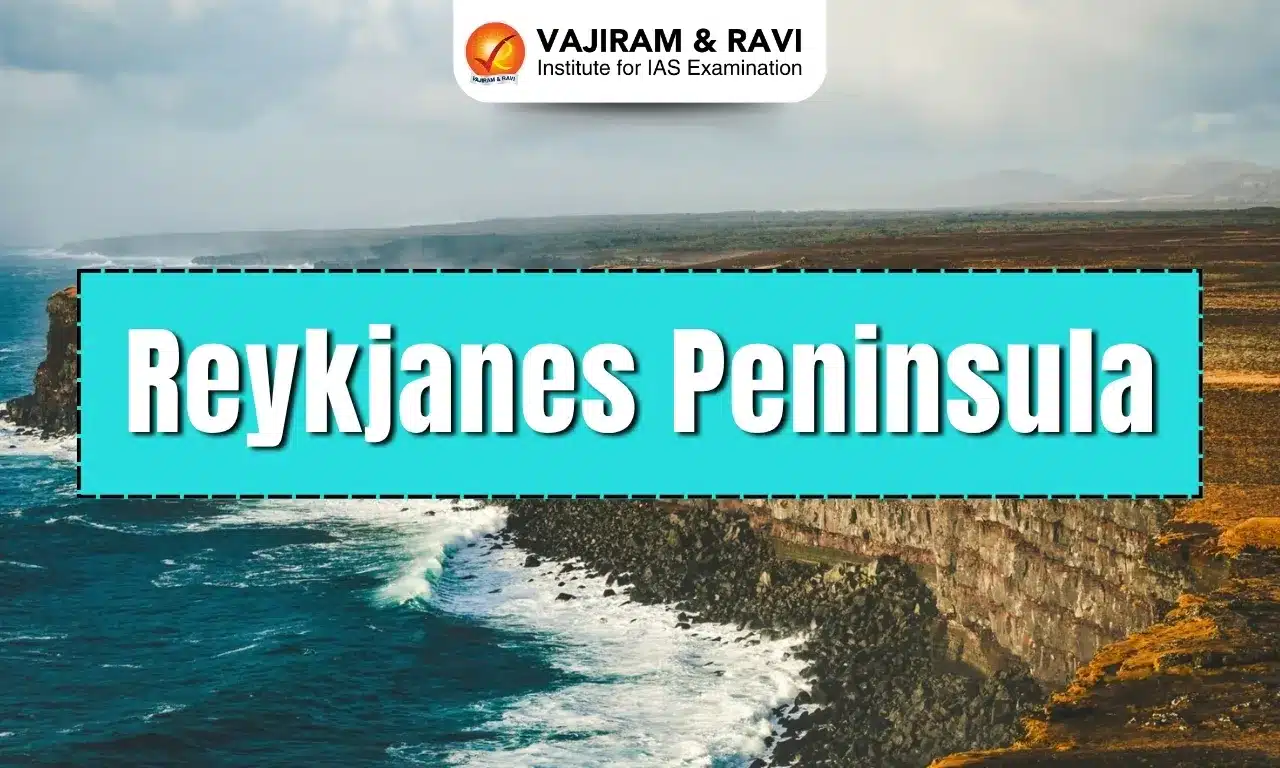Swachh Survekshan 2024-25 Awards Latest News
President of India recently conferred Swachh Survekshan 2024-25 Awards at Vigyan Bhagwan, New Delhi hosted by the Ministry of Housing and Urban Affairs (MoHUA).
About Swachh Survekshan 2024-25 Awards
- Marking its 9th edition, Swachh Survekshan 2024-25 is the world's largest urban cleanliness survey and a key pillar of the Swachh Bharat Mission-Urban.
- Highlights:
- In total, 78 awards were presented, recognising cities, cantonments, and institutions for their exemplary performance across a range of sanitation parameters.
- Indore, Surat, and Navi Mumbai have once again secured the top spots in urban sanitation, emerging as the cleanest cities in the Swachh Survekshan 2024-25 rankings.
- The three cities were ranked first, second, and third, respectively, in the newly introduced “Super Swachh League,” which recognises sustained excellence in cleanliness. Vijayawada followed closely, securing the fourth position.
- This year’s Swachh Survekshan introduced a simplified and inclusive assessment framework, enabling smaller cities to compete on equal footing with larger counterparts under the principle of “One City, One Award.”
- As a result, 34 cities from various States and Union Territories were declared Promising Swachh Shehars for their notable progress in sanitation and urban cleanliness.
- Ahmedabad, Bhopal, and Lucknow were declared the new generation of top clean cities, emerging as India’s leading Swachh Shehars.
- Prayagraj was honoured as the Best Ganga Town, while Secunderabad Cantonment Board was awarded for its strong sanitation efforts.
- Visakhapatnam, Jabalpur, and Gorakhpur received recognition as the Best SafaiMitra Surakshit Shehars for prioritising the safety, dignity, and welfare of sanitation workers.
- A special award was conferred upon the Government of Uttar Pradesh, the Prayagraj Mela Adhikari, and the Municipal Corporation of Prayagraj for successfully managing urban waste during the Mahakumbh, which saw a record footfall of approximately 66 crore people.
Source: PIB
Swachh Survekshan 2024-25 Awards FAQs
Q1: Which cities secured the top three positions in the “Super Swachh League” of Swachh Survekshan 2024–25?
Ans: Indore, Surat, Navi Mumbai
Q2: Which cities were declared as the new generation of top clean cities?
Ans: Bhopal, Lucknow, Ahmedabad

